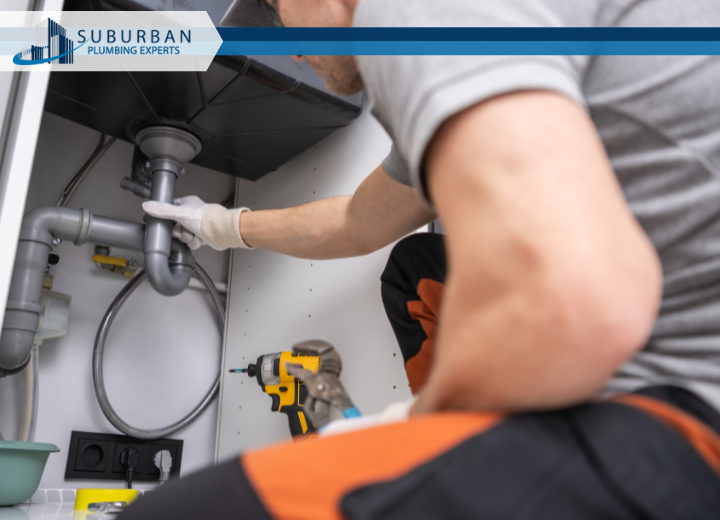Water damage often begins where people least expect it: from plumbing systems inside the home. Bathrooms, kitchens, basements, and laundry rooms are especially vulnerable, and small plumbing issues in these areas can quickly lead to costly damage if not addressed early.
The best way to prevent this? Understand the risks, perform regular maintenance, and take simple precautions that go a long way in protecting your property.
Bathrooms: Keep an Eye on Moisture-Prone Fixtures
Between sinks, showers, tubs, and toilets, bathrooms see frequent water use—and occasional leaks. Over time, small drips or worn seals can allow water to seep into surrounding materials.
Tips:
- Inspect around toilets and under sinks for signs of moisture or corrosion
- Re-caulk tubs and showers annually to prevent water from escaping
- Ensure ventilation fans work properly to keep humidity down
- Replace old supply lines or shutoff valves before they fail
Kitchens: Maintain Appliances and Under-Sink Plumbing
Kitchens are filled with water-connected appliances that can quietly leak over time. Sinks, dishwashers, and refrigerator lines are all common sources of trouble.
Tips:
- Replace aging hoses with reinforced options
- Check under the sink regularly for signs of dampness or mildew
- Avoid overloading garbage disposals, which can clog and back up
- Periodically inspect connections behind dishwashers and refrigerators
Basements: Prepare for Both Plumbing and Drainage Issues
Basements tend to be high-risk areas due to their low elevation and proximity to sump pumps, water heaters, and laundry plumbing. Even a slow leak or appliance failure can lead to extensive damage.
Tips:
- Test sump pumps a few times per year and keep a backup power source
- Inspect water heaters for rust or signs of leakage
- Elevate storage to reduce exposure if water accumulates
- Keep basement floor drains clear of debris
Laundry Rooms: Check Washing Machine Hoses and Drains
Washing machines can release a lot of water quickly if a hose bursts or the drain overflows. These incidents are common causes of water damage.
Tips:
- Replace hoses every 3–5 years or sooner if there are signs of wear
- Use metal-braided hoses for increased durability
- Position drain hoses properly and secure them in place
- Don’t leave machines running when leaving the house
Don’t Ignore Early Warning Signs
Some of the most serious water damage starts with subtle indicators. It’s important to act if you notice:
- Musty or persistent odors
- Soft spots in flooring
- Discoloration or bubbling on walls or ceilings
- Unexpected increases in water bills
Catching these signs early can prevent more extensive repairs later.
Preventing water damage isn’t just about finding and fixing leaks after they happen—it’s about maintaining plumbing systems in the areas most prone to risk. With a few routine checks and thoughtful upgrades, homeowners can reduce the likelihood of costly water issues and extend the life of their home’s plumbing infrastructure.


